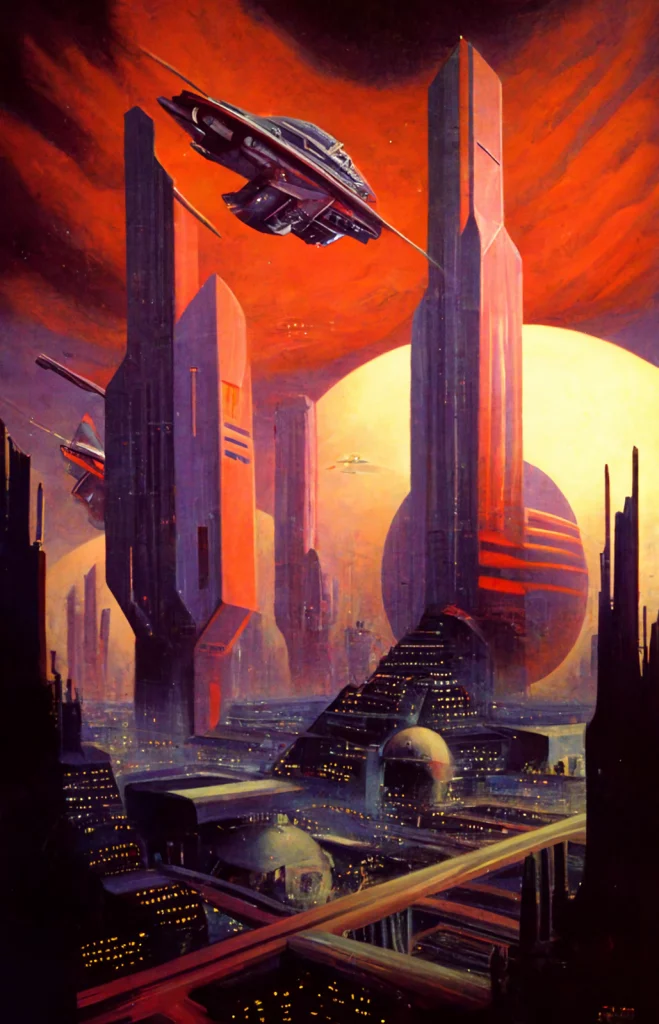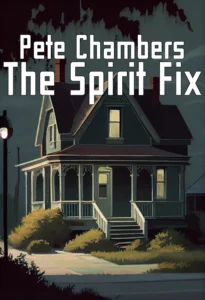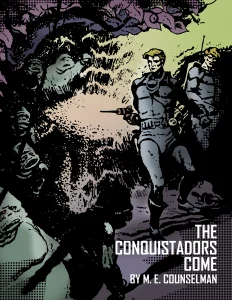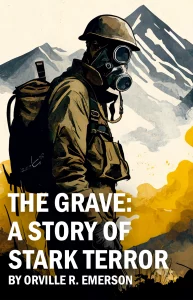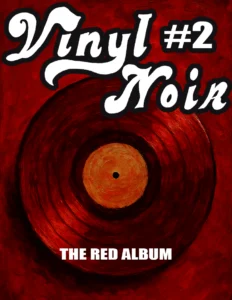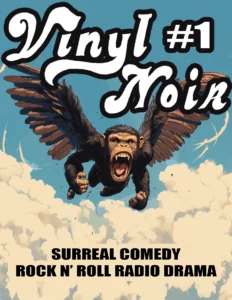Science Fiction Pulp Magazines
Science fiction pulps have influenced science fiction writers and readers across the globe. These magazines were known for their fast-paced storylines, action-packed plotlines, and interesting characters
Space Operas
Space opera, or space adventure, is a subgenre that describes works set in outer space. It often included sword-fighting and dystopian elements, like an oppressive government. The term “space opera” was coined in 1941 by writer Wilson Tucker to describe the adventures of Edgar Rice Burroughs’ character John Carter.
Space opera is commonly considered to be very similar to other types of science fiction. However, it should not be confused with hard science fiction. While some stories about space travel used real science principles and technology, others may include fantastical technologies.
Social commentary, often disguised as adventure or intrigue, was a big part of pulp science-fiction
Pulp magazines were some of the first to introduce social commentary into science fiction. It was often disguised as adventure or intrigue, but it was there all along. Many of the genre’s most enduring tropes were developed by writers using aliens or robots as metaphors for real world problems. For example, H.G. Wells’ War of the Worlds is considered one of the earliest examples of this practice. Other examples include The Day The Earth Stood Still and Invasion Of The Body Snatchers (both anti-communist).
The introduction of the mad scientist
Another key component of the pulp magazine revolution is the introduction of the mad scientist. A common character in pulp stories, mad scientists often served as an antagonist. Often, the evil genius was working on some sort of weapon or device that he intended for his own nefarious purposes.
The notion of a mysterious scientist who has no regard for human life has become so ingrained in popular culture that it’s hard to imagine any other kind of scientist being used as a villainous archetype. But there are many examples from early science fiction literature where scientists are portrayed as heroic figures, like Professor Challenger from Arthur Conan Doyle’s 1912 novel The Lost World.
Further development of the short story
Perhaps one of the single most important advances in science fiction writing that came from pulp magazines was the short story form.
Short stories were an ideal length for a magazine which had to be printed on cheap paper, often with poor printing quality. They could also be sold for as little as ten cents each, which meant a large audience could be reached at low cost. This made it easy to sell issues quickly and gave publishers an incentive to invest in more science fiction stories by unknown authors.
The format also allowed writers to experiment with new ideas. Short stories allowed them greater freedom in exploring themes like social commentary or satire through their work.
Action-packed Science Fiction Plotlines
One element of pulp magazines that helped bring them attention was their action-packed plotlines. Pulp stories were the first to publish short stories, and they were also the first to publish science fiction. But pulp magazines distinguished themselves from other publications by featuring these genres in a dramatic way. It was not just about ideas or imagination, but about the action that would take place as well as the characters who would react to those situations.
Science Fiction Pulp Magazines were a major influence on science fiction
Science fiction pulp magazines were the first to publish stories about robots, alien life forms and space travel in general. They also were among the first to publish stories about time travel, other planets and many other elements of what we think of as classic science fiction today. Many of today’s most popular works are based on themes or ideas first introduced by sci-fi pulps.
